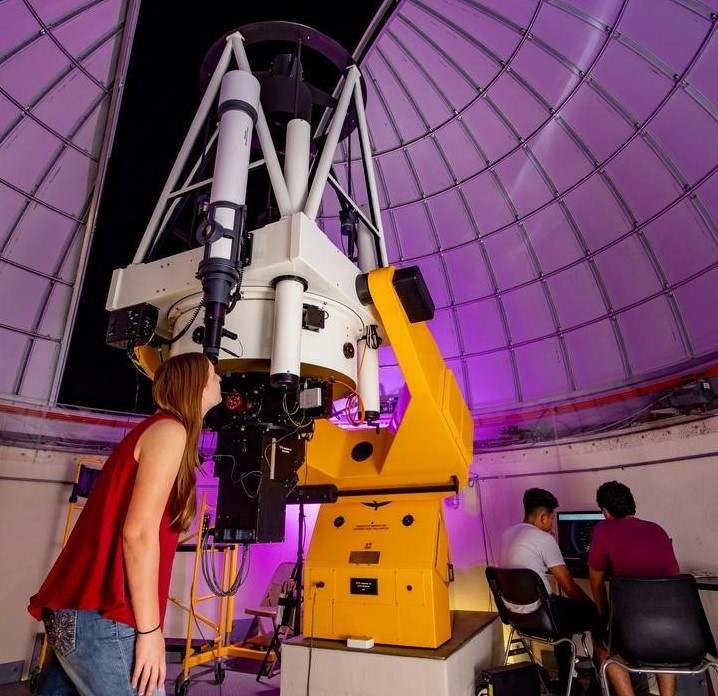Document Type
Article
Publication Title
The Astrophysical Journal
Abstract
A theory of 2-stage acceleration of Galactic cosmic rays in supernova remnants is proposed. The first stage is accomplished by the supernova shock front, where a power-law spectrum is established up to a certain cutoff energy. It is followed by stochastic acceleration with compressible waves/turbulence in the downstream medium. With a broad ∝k^(-2) spectrum for the compressible plasma fluctuations, the rate of stochastic acceleration is constant over a wide range of particle momentum. In this case, the stochastic acceleration process extends the power-law spectrum cutoff energy of Galactic cosmic rays to the knee without changing the spectral slope. This situation happens as long as the rate of stochastic acceleration is faster than 1/5 of the adiabatic cooling rate. A steeper spectrum of compressible plasma fluctuations that concentrate their power in long wavelengths will accelerate cosmic rays to the knee with a small bump before its cutoff in the comic-ray energy spectrum. This theory does not require a strong amplification of the magnetic field in the upstream interstellar medium in order to accelerate cosmic rays to the knee energy.
DOI
10.1088/0004-637X/812/2/148
Publication Date
10-20-2015
Recommended Citation
Zhang, Ming, "Stochastic Acceleration Of Galactic Cosmic Rays By Compressible Plasma Fluctuations In Supernova Shells" (2015). Aerospace, Physics, and Space Science Faculty Publications. 326.
https://repository.fit.edu/apss_faculty/326


